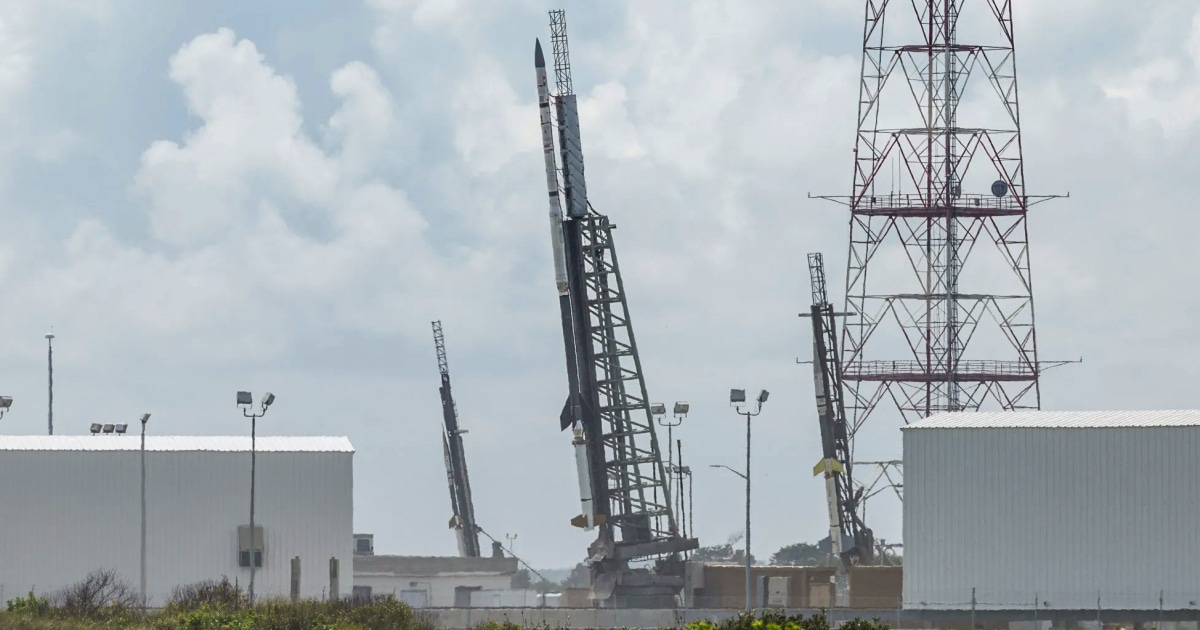NASA Finds Potential Signs of Ancient Life on Mars

Introduction
The search for life beyond Earth has captivated the minds of scientists and the general public for decades. And now, a recent discovery by NASA has reignited this fascination. The agency announced that a rock sample from Mars shows potential signs of ancient life, making it the most concrete evidence yet that the red planet may have once been habitable. This groundbreaking revelation has the potential to change our understanding of the universe and our place in it.
Key Details
The rock sample, collected by NASA's Perseverance rover, contains microscopic "biosignatures" that are believed to have been left behind by ancient organisms. These biosignatures are essentially chemical and mineral traces that suggest the presence of life. The sample was taken from a region of Mars that was thought to have once been a lake, providing the ideal conditions for life to exist. This finding has sparked excitement and debate among scientists, with many now eager to analyze the sample in more detail.
Impact
If further analysis confirms the presence of ancient life on Mars, it could have a profound impact on our understanding of the universe. It would not only provide evidence that life can exist beyond our own planet, but also open up new possibilities for future exploration and potential colonization. This discovery also highlights the importance of continued research and exploration of our neighboring planets, as they may hold the key to answering one of
About the Organizations Mentioned
NASA
The National Aeronautics and Space Administration (NASA) is the United States’ premier civil space agency, responsible for the nation’s civilian space program, aeronautics research, and aerospace technology development[1][2]. Headquartered in Washington, D.C., NASA operates ten major field centers across the country and employs nearly 18,000 civil servants, supported by an extensive network of contractors, academic institutions, and international partners[1][2]. Since its establishment in 1958, NASA has revolutionized humanity’s understanding of the cosmos, pioneered technological advancements, and shaped global space policy. ## History and Key Achievements NASA was created in response to the Soviet Union’s 1957 launch of Sputnik, with the goal of ensuring U.S. leadership in space exploration. It succeeded the National Advisory Committee for Aeronautics (NACA) and quickly became the driving force behind iconic programs such as Project Mercury (America’s first human spaceflight program), Project Gemini (which developed techniques for space rendezvous and extravehicular activity), and the Apollo program, which landed astronauts on the Moon between 1969 and 1972[1]. The agency also developed the Space Shuttle, the world’s first reusable spacecraft, and built the International Space Station (ISS), a symbol of international collaboration and scientific research[1][5]. NASA’s robotic exploration has been equally transformative, with over 1,000 uncrewed missions investigating Earth, the Moon, Mars, and beyond. The agency’s fleet of observatories—including the Hubble Space Telescope and the James Webb Space Telescope—has provided unprecedented views of the universe, from the birth of stars to the detection of exoplanets[1]. The Perseverance rover is currently searching for signs of ancient life on Mars, while New Horizons explored Pluto and the outer solar system[1]. ## Current Status and Notable Aspects Today, NASA is advancing the Artemis program, aiming to return human









